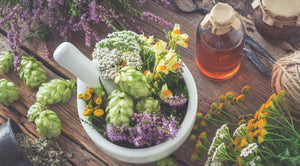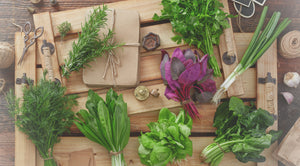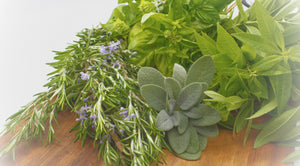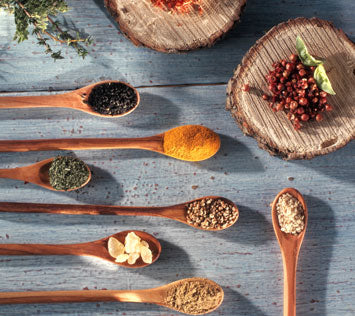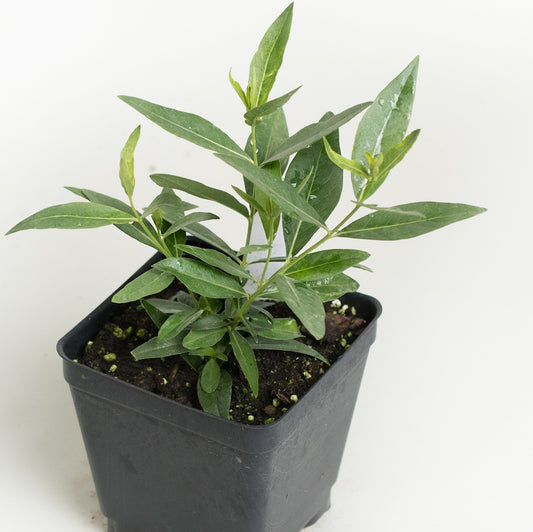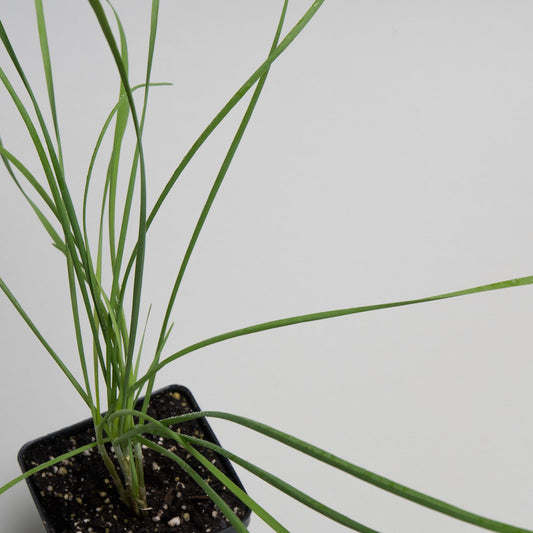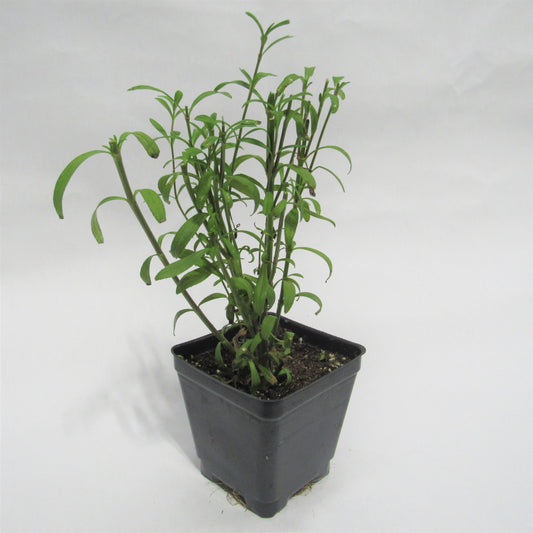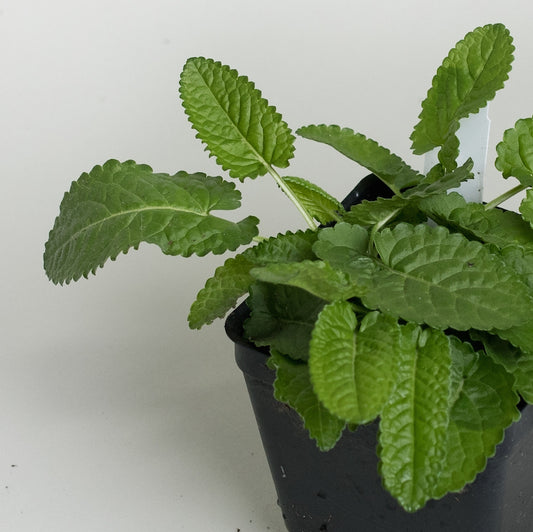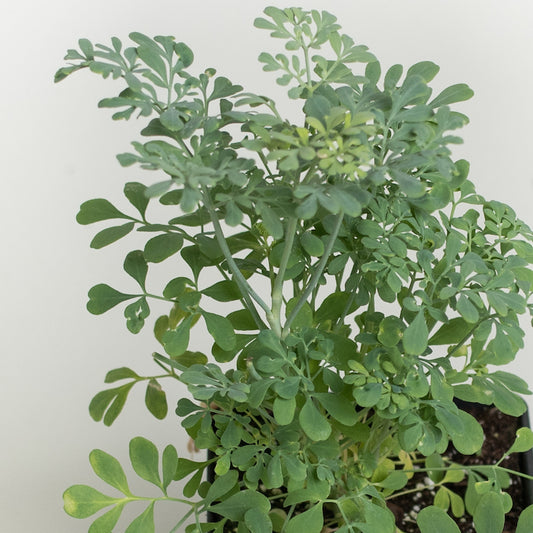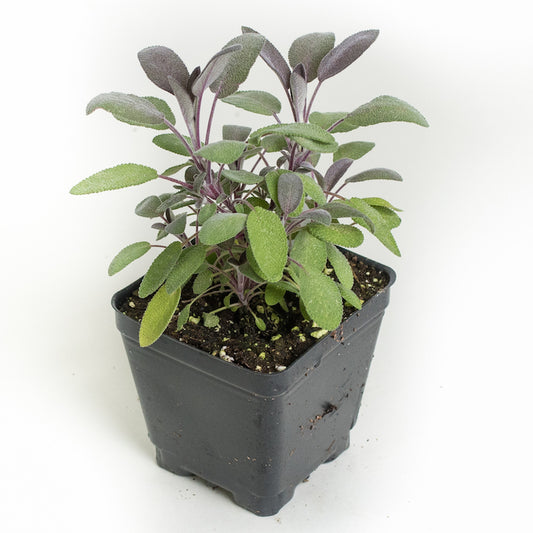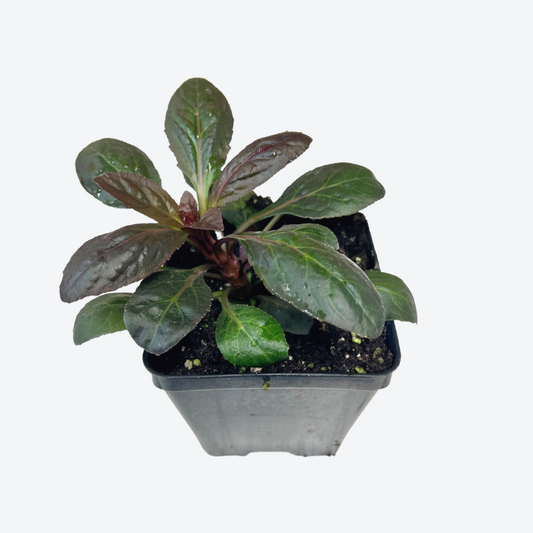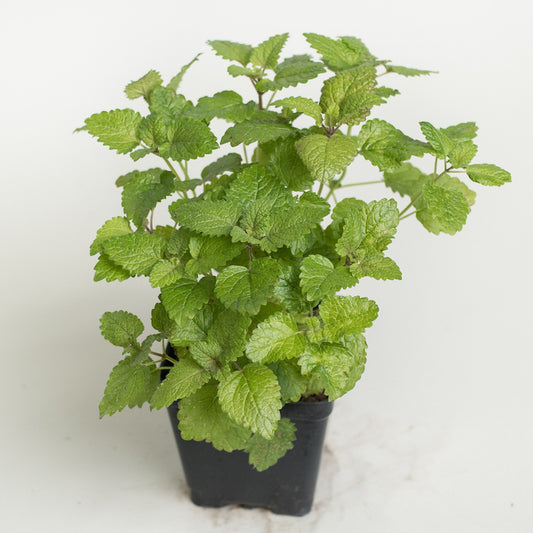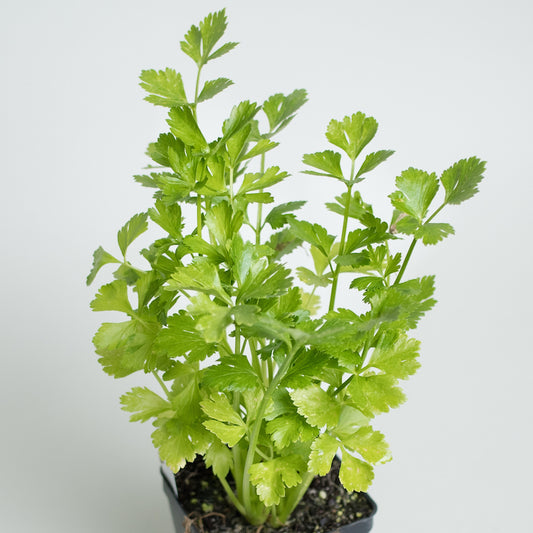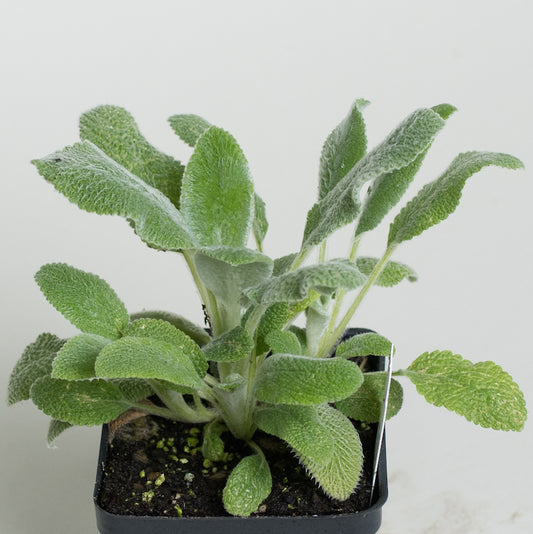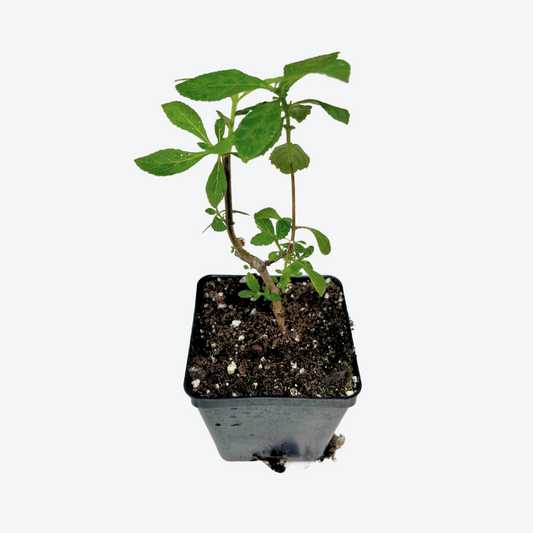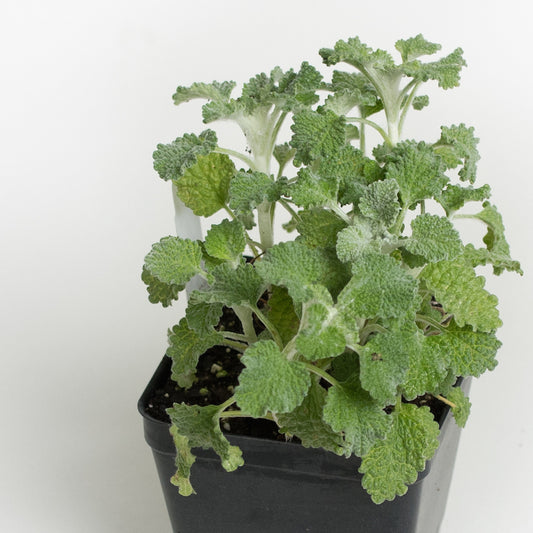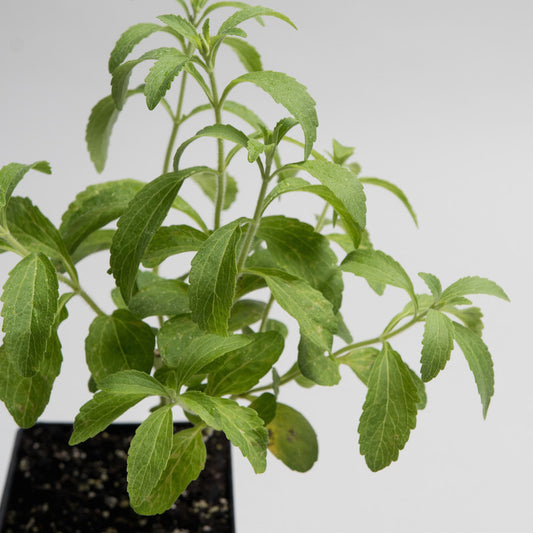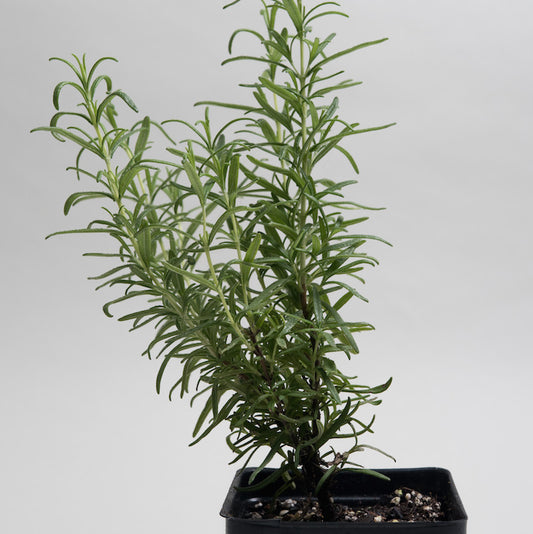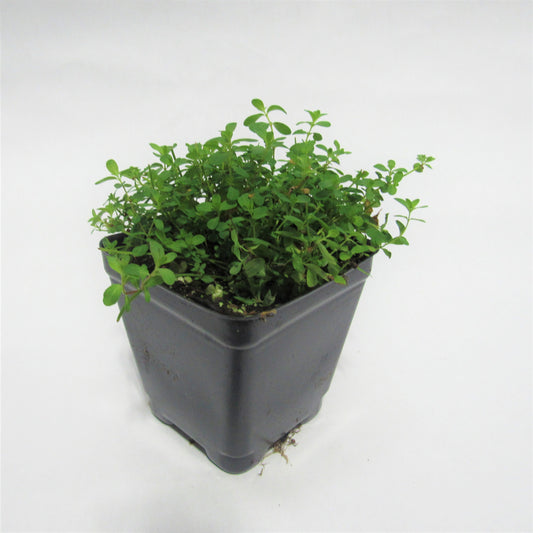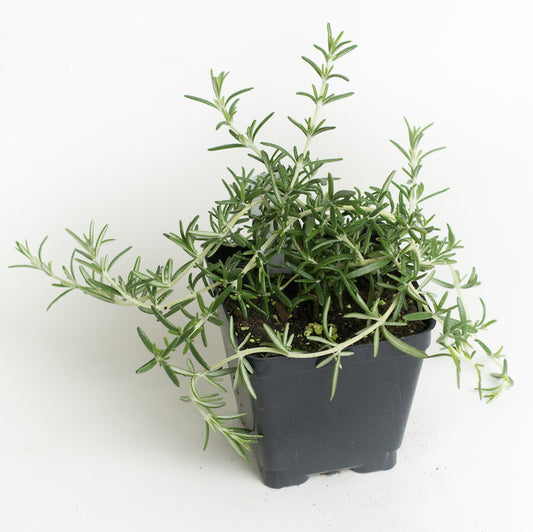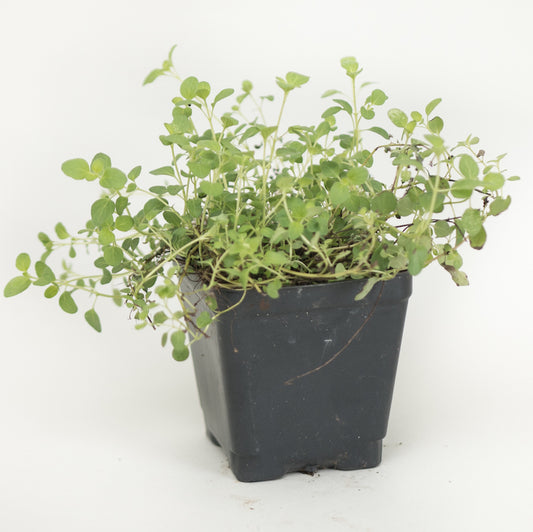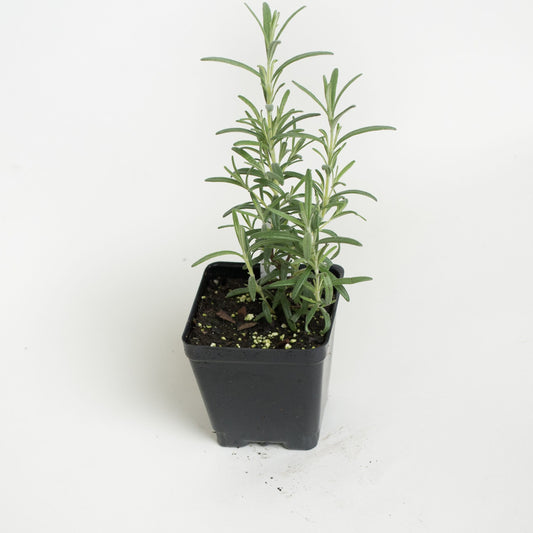Zone 8 Herbs and Plants From The Grower’s Exchange
One of the warmest plant hardiness zones in the United States, Zone 8 consists of warm summers and mild winters. This means working with plants that can withstand the generally warm climate in the south and parts of the east and west coast.
The Grower’s Exchange is a trusted source of healthy herbs and plants. We can cater to your location’s plant hardiness zones and have an extensive catalog of Zone 8 herbs and plants ideal for your local climate. These plants can withstand the long growing season and are one of the warmest zones in the country.
Read more to learn about Zone 8 plants.
Zone 8 Herbs for Indoor and Outdoor Use
We offer a variety of plants and perennial herbs that can survive the warm climate of Zone 8. Get to know some of our best-selling Zone 8 plants, or browse our catalog for the perfect addition to your yard, container garden, herb collection, or indoor plant decor.
Bergamot: Also known as bee balm, this perennial herb can survive the slightly colder and warm zones. Keep this plant outdoors or close to a window for optimum airflow and sunlight. Its history as a medicinal herb is due to its naturally-occurring antiseptic, and it also makes a deliciously spicy and minty tea.
Bay Laurel: Best for the warm outdoors, laurel is one of our most popular herbs. It’s best known for culinary uses, especially in stews and soups. For indoor gardening, watch out for scale, mildew, and spider mites. Keep it healthy by pruning its leaves regularly.
Italian Parsley: Known for its strong peppery flavor, this parsley variant is a popular addition with Italian cuisine. This biennial herb has a slow-growing process, but adding a fresh leaf to your meal makes all the difference. It also contains vitamin C, iron, potassium, and antioxidants.
Lemon Verbena: The lemon verbena prefers the hotter weather, but Zone 8 can provide this plant’s high demand for sunlight. We recommend placing this herb outdoors or at least by a sunny window. Its citric fragrance makes it a popular choice for culinary and aromatic uses.
Roman Chamomile: This low-growing spreading herb can be the start of dainty and floral foliage along your pathway. Its medicinal properties are also excellent for inflammation, pain relief, and skin irritation.
Mojito Mint: Although native to Cuba, the mojito mint plant is now available locally and is best for the mildly cool and warmer zones. If you want to make an authentic mojito in the comfort of your home, the mojito mint is a must-have. It’s also an interesting herb to season your meat and confections.
White Sage: Also known as bee sage, the herb brings bees and other pollinators to your yard. Its native environment is the desert, so heat and light are a must for it to thrive. It is used for culinary and aromatics, though it’s best known for its use as incense to ward off negative energy.
What Is Zone 8?
Average US temperatures can vary, meaning some plants can survive in specific geographical areas better than others. The United States Department of Agriculture (USDA) established the USDA Plant Hardiness Zone Map to help farmers, gardeners, and people interested in growing plants determine which plants can survive in their local climate.
The USDA Plant Hardiness Zone Map divides the US into 13 growing zones, each with its 10-degree range of temperature based on the location’s average minimum winter temperature. It can range from the coldest (Zone 1) to the warmest zones (Zone 13).
Zone 8 is one of the warmer zones with average minimum winter temperatures from 10°F to 20°F (-12.2°C to -6.6°C). Zone 8 can be divided into two subsets: Zone 8a, where the lowest average temperatures can range from 10°F to 15°F (-12.2°C to -9.4°C), and Zone 8b, with temperatures ranging from 15°F to 20°F (-9.4°C to -6.6°C).
Because of their topography and geographical location, states can have multiple zones. States that have Zone 8 areas on their map include:
- Alabama
- Arizona
- Arkansas
- California
- Florida
- Georgia
- Hawaii
- Louisiana
- Mississippi
- Nevada
- New Mexico
- North Carolina
- Oregon
- South Carolina
- Texas
- Utah
- Washington
Plants and perennial herbs in Zone 8 can survive the zone’s long growing season, hot summers, and mild winters. It’s a warmer zone with plenty of moisture and sunlight.
Shop at The Grower’s Exchange for Zone 8 Plants
The Growers Exchange has provided gardeners, landscapers, and everyday flora enthusiasts and hobbyists with high-quality flora for over 15 years. Our chemical-free gardening practices produce healthy plants that arrive at your doorstep just in time for planting.
Browse our Zone 8 plants today and find choice additions to your garden or home!
Please Note: We sell plants online, NOT seeds. Our plants are well rooted and ready to plant - our standard pot is 3.5 inches. After you buy, we will ship our plants when they are ROOT READY. They will have good top growth unless they are coming into or out of dormancy. We grow all of our plants to the point that they are ready to go into the ground or a container.

